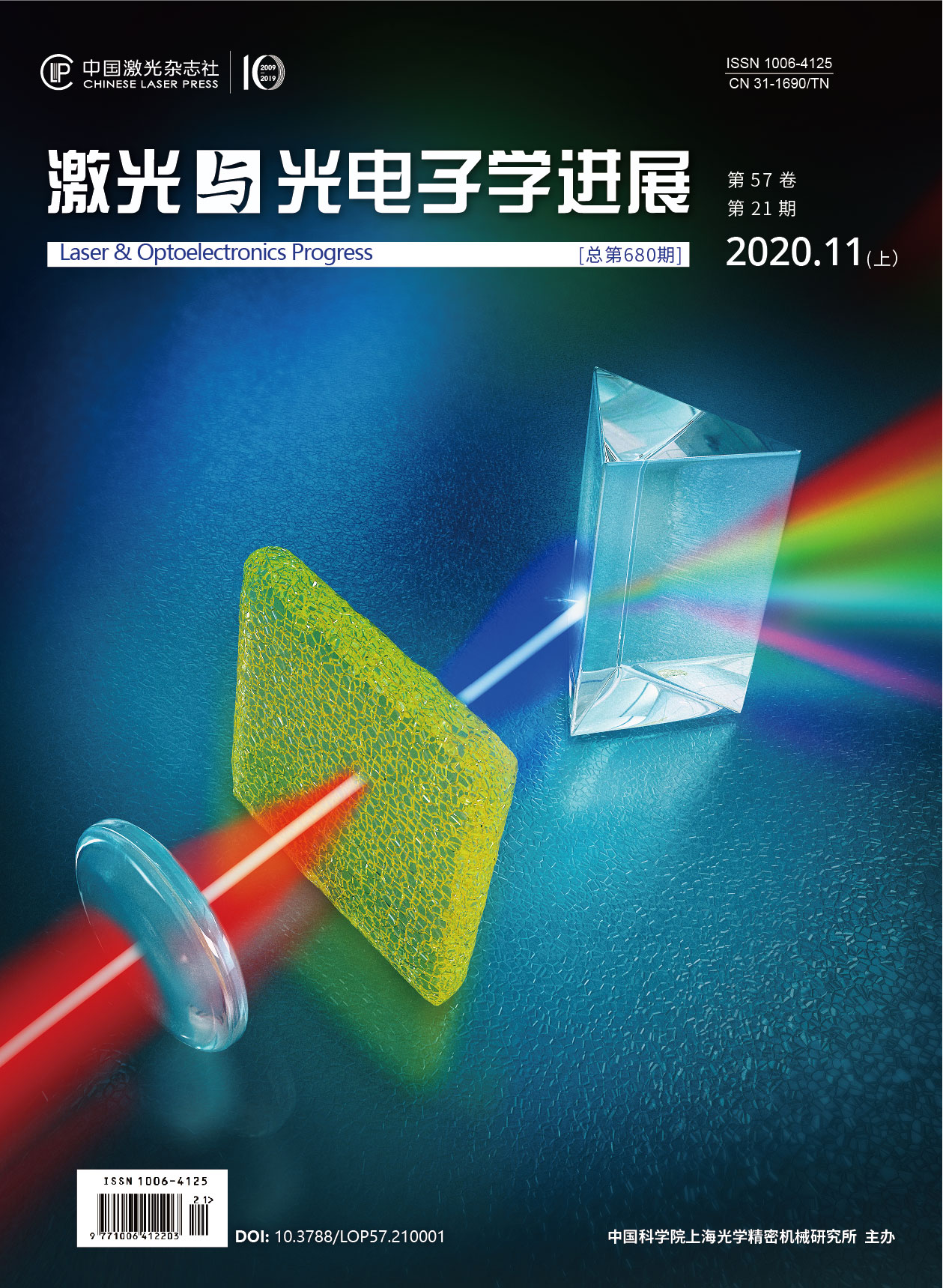激光与光电子学进展, 2020, 57 (21): 210704, 网络出版: 2020-11-06
基于前导脉冲信号的到达时间精确度分析  下载: 870次
下载: 870次
Analysis of Time of Arrival Accuracy Based on Preamble Pulse Signals
信号处理 差分匹配滤波器 前导脉冲信号 到达时间 精确度 signal processing differential matched filter preamble pulse signal time of arrival accuracy
摘要
为提高定位系统的定位精确度,提出一种前导四脉冲信号差分匹配滤波器到达时间(TOA)估计算法。使用双脉冲和四脉冲信号评估差分匹配滤波器,该算法提高了前导脉冲信号TOA估计精度。从脉冲个数、信噪比(SNR)角度对差分匹配滤波器输出的方均根误差进行对比,得到四脉冲信号TOA估计精确度优于单脉冲信号的结论。在SNR为20 dB时,四脉冲信号的TOA估计精确度达3.8947 ns,远低于国际民航组织规定的时间误差精确度最大值25 ns。天津机场终端区设置的ADS-B接收机接收到的实时数据和同等条件下的仿真数据均验证了所提算法TOA估计的精确度和稳定性。
Abstract
To improve the positioning accuracy of positioning systems, a time of arrival (TOA) estimation algorithm based on a preamble four-pulse signal differential matched filter is proposed. Using the two-pulse and four-pulse signals to evaluate the differential matched filter, the TOA estimation accuracy of preamble pulse signals is improved. Based on the number of pulses and a signal-to-noise ratio (SNR), the root mean square error of the differential matched filter output is compared, it is concluded that the TOA estimation accuracy of four-pulse signals is better than that of single-pulse signals. When the SNR is 20 dB, the TOA estimation accuracy of the four-pulse signals can reach 3.8947 ns, which is much lesser than the maximum time error accuracy of 25 ns specified by the International Civil Aviation Organization. Real-time data received by an ADS-B receiver installed at the terminal of Tianjin Airport and simulation data under the same conditions are used to verify the accuracy and stability of the TOA estimation of proposed algorithm.
宫峰勋, 曹雅茹. 基于前导脉冲信号的到达时间精确度分析[J]. 激光与光电子学进展, 2020, 57(21): 210704. Gong Fengxun, Cao Yaru. Analysis of Time of Arrival Accuracy Based on Preamble Pulse Signals[J]. Laser & Optoelectronics Progress, 2020, 57(21): 210704.







